Rescue is a race against time, and there is no time to delay. Multi-departments and multi-initiatives fully support earthquake relief work.
CCTV News:According to the National Health and Wellness Commission, the National Health and Wellness Commission appointed a working group to lead experts with rich experience in emergency medical rescue from Peking Union Medical College Hospital, beijing jishuitan hospital, Beijing Children’s Hospital and Peking University Sixth Hospital to rush to the disaster area, form a joint rescue team with provincial and municipal experts and local medical staff, and station in local medical institutions to ensure the high-level treatment of the wounded. Two medical emergency teams of the National Emergency Medical Rescue Team from west china hospital and Sichuan Provincial People’s Hospital were dispatched, including 21 experts from trauma, severe illness, neurosurgery, orthopedics and general surgery. They arrived in the disaster areas of Gansu Province and Qinghai Province respectively this morning (December 19) to invest in emergency medical rescue and treatment of the wounded.
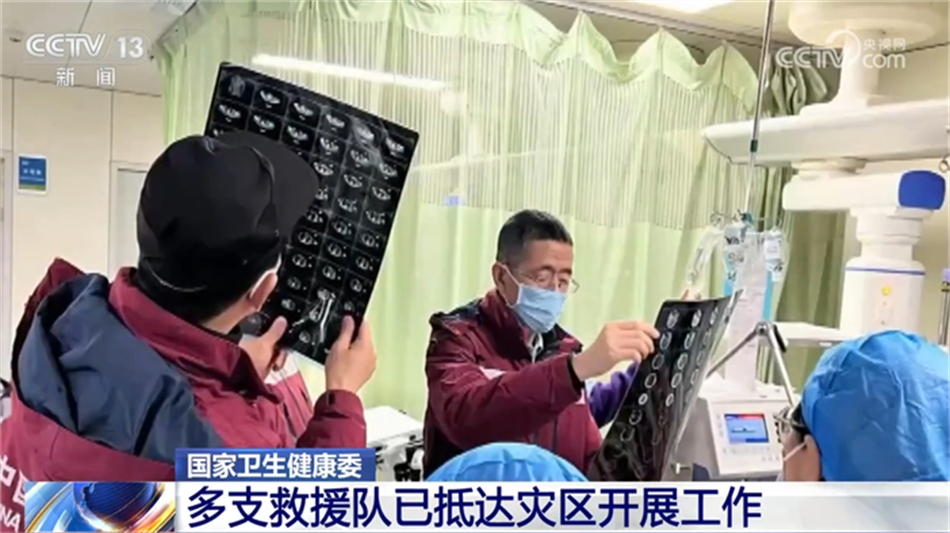
After the earthquake, the National Health and Wellness Commission immediately launched the national blood linkage guarantee mechanism to understand the blood supply situation, monitor the blood stocks in Gansu, Qinghai and neighboring provinces, and require neighboring provinces to moderately increase the blood stocks to ensure the blood supply in the disaster areas in a safe range. At present, there are no difficulties in blood security in Gansu and Qinghai provinces.
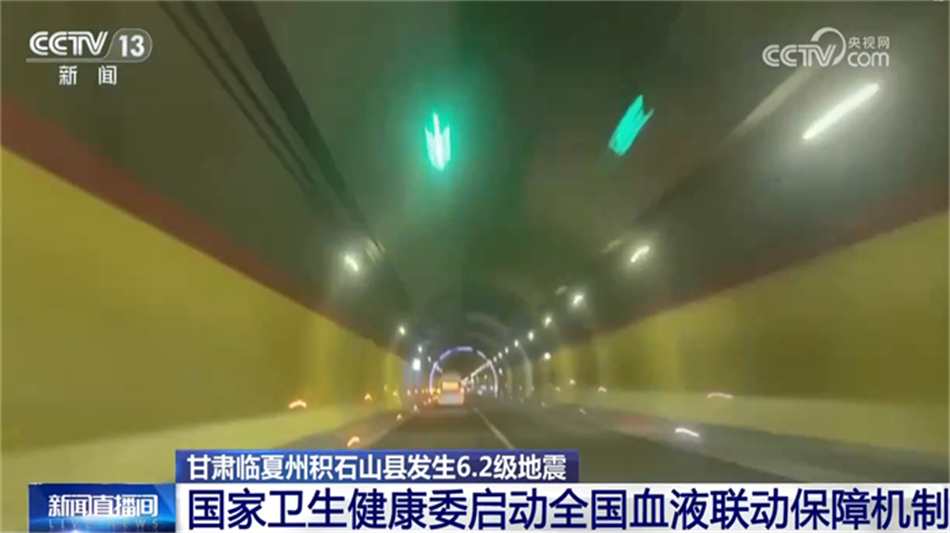
The National CDC urgently dispatched three national teams for the prevention and control of sudden acute infectious diseases undertaken by Gansu and Qinghai provinces to the disaster area, and requested the China CDC to immediately organize experts to carry out post-disaster public health risk assessment. At the same time, do a good job in sending a national public health expert group to the disaster area to provide guidance and support at any time.
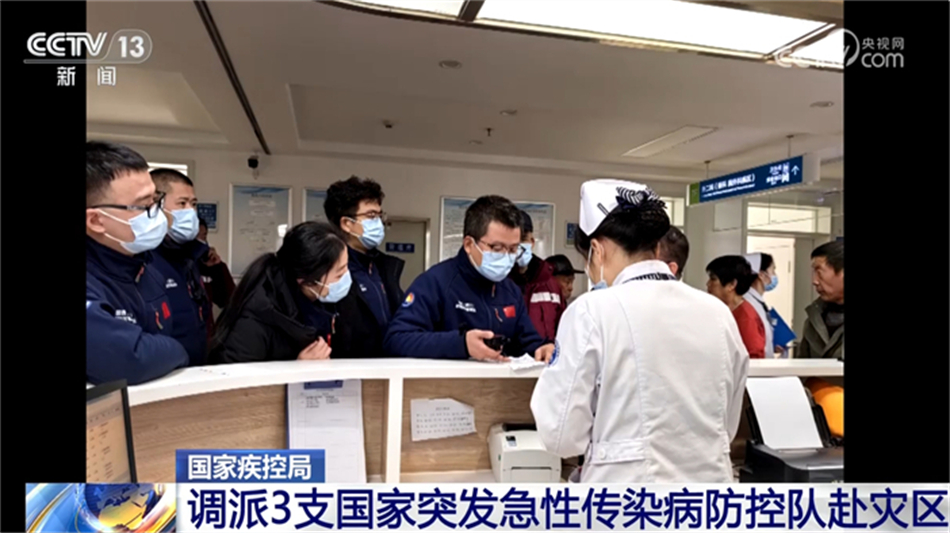
The Traffic Management Bureau of the Ministry of Public Security dispatches forces to ensure road traffic in the earthquake zone.
This morning, the Traffic Management Bureau of the Ministry of Public Security held an emergency video dispatching meeting to dispatch the traffic emergency management of the Linxia 6.2 earthquake in Gansu. The traffic police corps in Gansu and Qinghai launched special emergency plans, and the traffic police corps in Shaanxi and Ningxia actively cooperated with the work of remote diversion, publicity and persuasion.
Up to now, the roads in Linxia Prefecture of Gansu Province are normal, and the roads leading to Jishishan County, the epicenter, have not been blocked, and no obvious damage has been found to expressway bridges, tunnels and pavements in China. Qinghai S206 Hequn Gorge Section, G310 Gonghe Section and S201 Zhangjiasi Village Section have rocks and landslides, and half of the roads are in two directions. The transportation departments and highway maintenance units are carrying out road maintenance.
The Traffic Management Bureau of the Ministry of Public Security has started the joint logistics mechanism of traffic support for earthquake relief around Gansu, monitoring the road traffic situation around Gansu, especially around the earthquake zone, and timely dispatching and handling sudden traffic alarms.
State Administration of Mine Safety: Comprehensively investigate mining enterprises in the earthquake-stricken areas of Qinghai, Gansu.
At present, earthquake rescue is underway. The State Administration of Mine Safety has launched an emergency response at the first time, dispatching and guiding Gansu Bureau and Qinghai Bureau to conduct a comprehensive investigation of mining enterprises in the earthquake-stricken areas, find out the disaster situation of mining enterprises, and organize emergency rescue and disposal work.
Aerospace science and technology group deployed four satellites to monitor the disaster situation in the earthquake zone, and the latest 2-meter high-scoring image of the earthquake zone was released.
After the 6.2 earthquake in Jishishan County, Linxia, Gansu Province, China Resources Satellite Application Center of Aerospace Science and Technology Group urgently deployed four satellites to monitor the disaster situation in the earthquake area. At present, the 2-meter-high-score image data of the earthquake zone obtained by Gaofen-1 satellite has been mapped, which covers the disaster-stricken areas including Jishishan County, Dahejia, Liuji Township and Liugou.
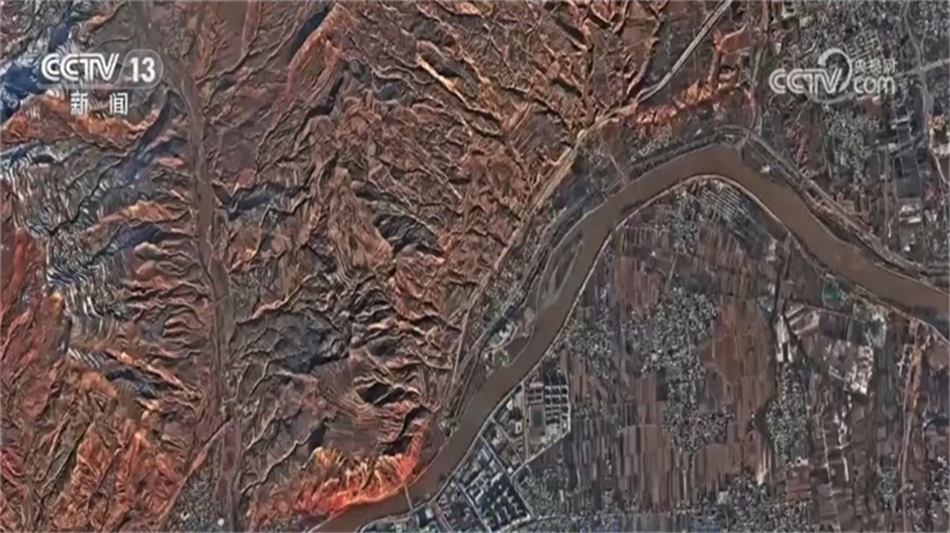
Landslides, dammed lakes and building collapses can be obtained through high-resolution remote sensing satellite images. Next, the Resource Satellite Center will also obtain clearer sub-meter satellite images for relevant departments to make decision-making analysis on post-disaster rescue.
Pterosaur UAV went to Gansu earthquake area to carry out emergency rescue.
The reporter learned from the Aviation Industry Group that after the earthquake in Jishishan County, Linxia Prefecture, Gansu Province, some infrastructure such as water, electricity, transportation and communication were damaged. At present, according to the actual situation in the disaster-stricken areas, the pterosaur -2H emergency rescue drone flew to the disaster site from Zigong at noon today, and after arriving in the mission area this afternoon, it carried out tasks such as emergency communication support and disaster reconnaissance.
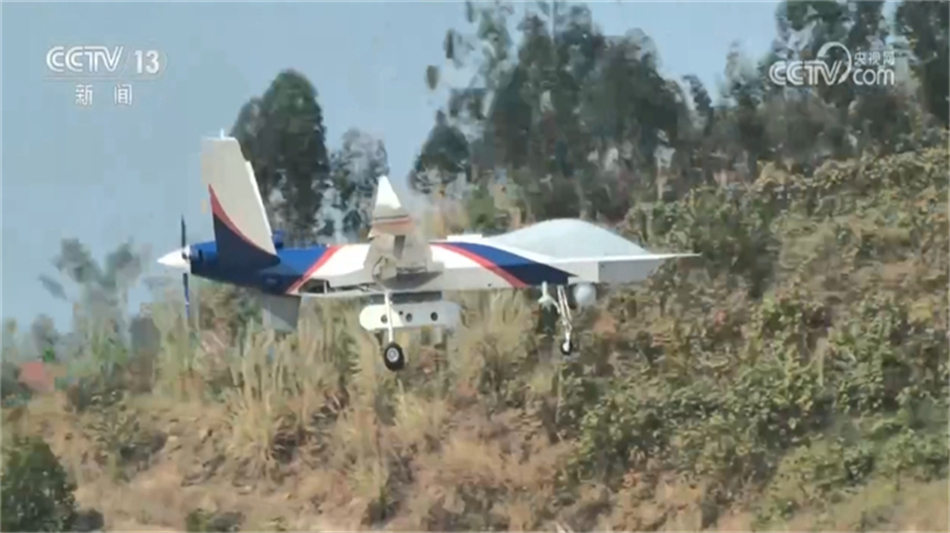
The Ministry of Water Resources launched a four-level emergency response to flood and drought disaster prevention
After the M6.2 earthquake in Jishishan County, Linxia Prefecture, Gansu Province, the Ministry of Water Resources has launched a four-level emergency response for flood and drought disaster prevention, and quickly deployed and promoted the investigation and elimination of earthquake damage in water conservancy projects. The investigation found that the rural drinking water pipeline in Gansu earthquake area was seriously damaged. There are more than 30 earthquake damages to drinking water pipelines in Minhe County, Qinghai Province. Some irrigation channels collapsed and cracks appeared in the management building of water conservancy projects in the earthquake-stricken areas of the two provinces, and no major danger has been found yet. Near the epicenter, the water level and discharge of the hydrological sections of the main stream of the Yellow River and its tributaries, such as Zhangjiagou, did not rise or fall sharply, and the water regime was stable. There was no precipitation in the earthquake zone yesterday, and it is expected that there will still be no precipitation in the next three days. At present, the two provinces are organizing emergency investigation and emergency repair of earthquake-damaged water conservancy projects.